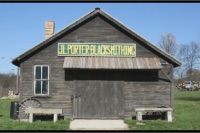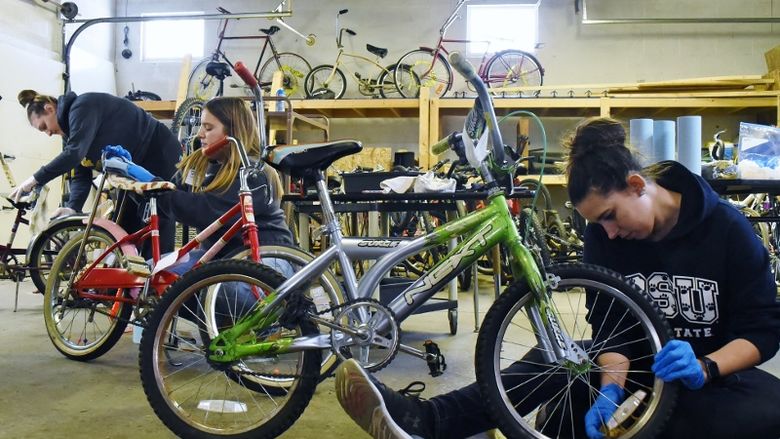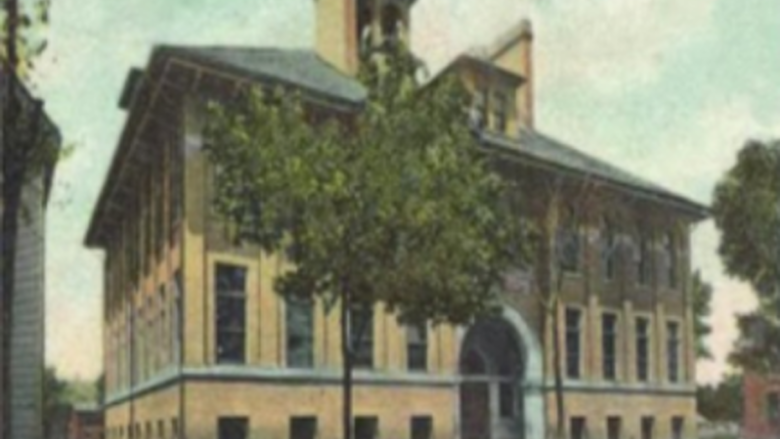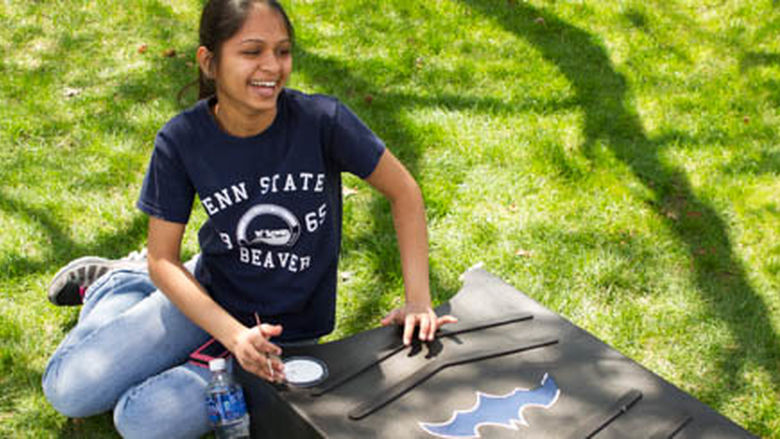MONACA, Pa. — Bob Rupert had a 21st century problem, and he needed a 19th century solution.
Rupert runs the South Side Historical Society’s J.L. Porter Blacksmith Shop at the Hookstown Fairgrounds and he was having a bit of trouble with his forge. In a perfect forge, the heat generated by burning coal warms the metal above, making it malleable enough to manipulate. But some of that coal contains impurities that refuse to burn, form into solid masses and fall onto a grate below, cutting oxygen and making it nearly impossible to maintain proper temperature.
Fortunately, with a quick twist of a handle, the grate tosses those pesky "clinkers," as they’re called, away.
Only Rupert’s handle is kind of, well, stuck.
You see, Rupert’s forge has been disassembled, moved and reconstructed several times over the years. And when that latest reconstruction happened in 2000, the handle needed to toss the clinkers wasn’t given enough clearance to rotate as it should.
It’s quite a nuisance for a blacksmith.
But then Rupert received a call from his old friend Jim Hendrickson, senior engineering instructor at Penn State Beaver. The pair had previously worked on a project at Gaston's Mill in Beaver Creek State Park, and Hendrickson wanted to know if his engineering design students could collaborate with Rupert again. Rupert gladly agreed to let them come up with an elegant solution to his nagging problem.
Hendrickson and co-instructor Sherry Kratsas challenged freshman Joshua Shoup and his team to find a solution to Rupert’s predicament and drove Shoup out to Hookstown for a client meeting in February. It was just above freezing outside and snow still covered the ground, but somehow it felt colder in the unheated, brick-floored blacksmith shop.
“Simplicity is very important here,” Rupert warned Shoup in that first meeting.
After all, this is a medieval skill practiced on 19th century equipment on grounds owned by a historical society. Authenticity is key. Or, as Rupert put it, “we want to do traditional work the traditional way.”
“We’ll see what we can surprise you with,” Hendrickson told him.
Finding a solution
Simple. Cheap. Durable. Safe. Easily operational and accessible. Historically accurate.
Those were Rupert’s requirements.
But Rupert wasn’t the only one with expectations. Hendrickson and Kratsas were going to be grading Shoup and his teammates on their work. And they had a few more items on their list.
Not only would Shoup and team have to fix the forge’s clinker problem, they’d also have to build a three-dimensional model of the shop, in the event it be moved and reconstructed yet again, and research and record its history.
“It’s probably an unreasonable amount of work,” Hendrickson said, “which makes it a good project.”
After consulting with Rupert a second time at his home and visiting the blacksmith shop again in March, where he and his team scooted under the forge for a better look and some measurements, they got to work and quickly came up with two possible solutions.
A foot pedal.
“Not necessary,” Rupert said.
A gear box.
“Sounds expensive,” Rupert told them.
So after much musing and a design consultation with Hendrickson and Kratsas, and with Rupert’s plea for simplicity ringing in his head, Shoup came up with one more design. A single moving joint, mounted on a steel frame, and, thanks to an arm that spans the width of the forge, operational from both sides.
For their final presentation in April, Shoup and teammate Nick VanDyke built a wooden prototype of their design and demonstrated it for their classmates. Rupert is hoping to build the steel version this summer.
As for the rest of Shoup’s “unreasonable” tasks? The 3D model and shop history are both sitting in computer programs, waiting to be printed.
“How will you present the history?” Hendrickson asked.
“Well, I asked Mr. Rupert about that,” Shoup said.
Shoup suggested a website, a pamphlet or a binder.
Rupert’s response was, of course: “Keep it simple.”
To learn more about the South Side Historical Society and the J.L. Porter Blacksmith shop, click here.
To learn more about Penn State Beaver’s academic programs, click here.
April Johnston
Public Relations Director, Penn State Beaver



